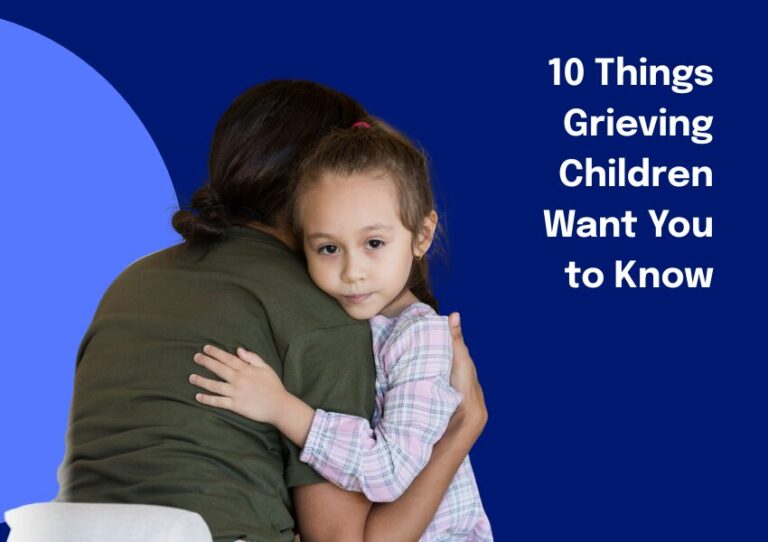Thinking Outside the Memory Box: Activities for Grieving Youth

Memory work purposefully seeks the use of stimuli to create an intentional connection with the deceased. When performed with sensitivity for unique and complex relationships, memory activities can support youth in reconstructing meaning and purpose after a significant loss. When we can move away from focusing so much on when and how the person died, we begin to see new connections, growth, and even a reordering of life priorities. Historically, yet again, our trailblazer bereavement predecessors, may have been slightly off in their theories and methodologies. The focus when supporting people who were grieving was on relinquishing the past, detaching, and moving on. In other words… “let it go, let it go. ”The reason behind these efforts was the belief that maintaining bonds with the deceased somehow impeded grief “recovery.” These theories inferred a combination of steps were needed to find “closure” and detachment so that they can “move on with their new lives”. EEK. The bereavement field is now showing a shift in understanding the impact of continuing bonds in grief work. The shift indicates that rather than disconnecting from the deceased, youth can develop new and alternative bonds with the person(s) they are remembering. While exploring memories and bonds, one must always keep in mind that not all youth have had the privilege of living in a positive, healthy relationship with the person who died. Memories of the person who died are not always welcomed or beneficial. Memory work with these youth will be different and focused more on the positive supports that helped them through their experience. In addition, some may need the support of a trauma-informed therapist who will assist in the processing of their experiences.
CONTINUING BONDS
It is through continuing bonds that bereaved youth (and adults) can maintain a connection or inner relationship with the person who died. There are three types of continuing bonds:
Personal Connection: Communicating directly with the deceased or sensing their presence
Bereaved youth may experience fleeting reminders and hallucinations of the deceased. These experiences are naturally occurring and not explicitly sought by the young person. Youth may sense the presence of their person, feeling as if they are close by and watching over them. Research studies have shown that these personal connection touchpoints are perceived to be a positive experience. They provide a sense of connection with the deceased, particularly during periods of hardship.
Personal Change: Changes in values & sense of identity as a result of their grief experience
Bereaved children and teens will begin to adjust their perception and understanding of their new relationship with the deceased (Christ et al., 2002). Youth will develop new meaning to the relationship and find alternative ways to connect with their person. This also presents when bereaved are influenced by the deceased regarding values, sense of identity, and overall daily life. We see this especially surrounding special events and milestones. For example, a teenage girl remembers her mother and often refers to the “inner guide” of her voice when she needs to make a tough decision. She thinks to herself, what would my mom want me to do? What would she want for me?
Homage Activities: Activities performed to honor and maintain bonds with the deceased
Youth who have experienced the death of someone close to them may seek out opportunities to intentionally honor and remember. Homage activities show respect and pay tribute to a meaningful person or time. A teen remembering her father who died may choose to gather items of remembrance and display them in a shadow box or place them in a memory box. The teen can then revisit the items overtime as a way of maintaining a connection with her father. Homage activities are done with intentionality and with the goal of paying tribute to the person who has died.
MEMORY ACTIVITIES
By providing opportunities for young people to talk about the person who died, and discuss old memories, they also learn more about themselves and have a broader understanding of how the person who died influenced, shaped, and contributed to their life and identity. Memory work can be described as the “bridge” between the world they knew with the person who died and the world they know now.
To support memory work, Eluna’s Camp Erin Online Program Manager, Kelly Petersohn, has developed the following Memory Activities that we are offering free of charge to download:


